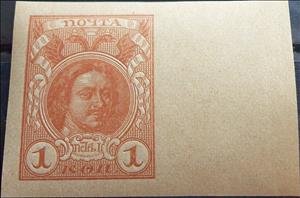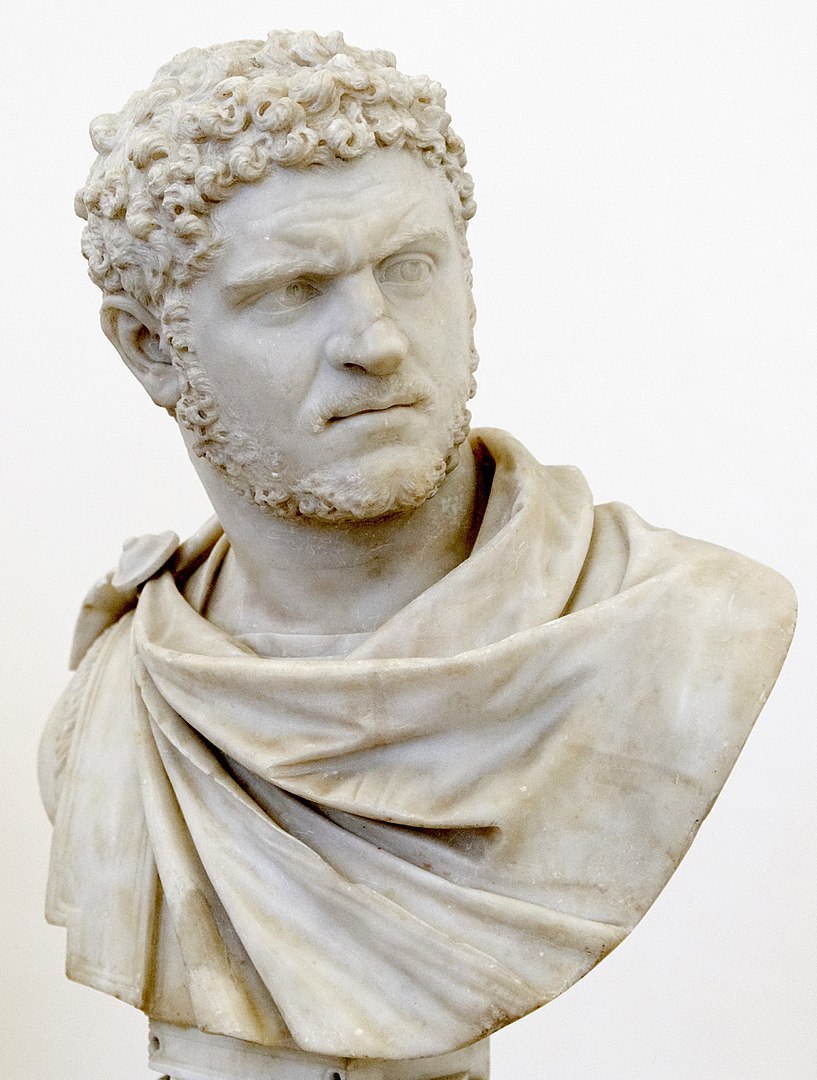Stamp: Emperor Peter I (Russia 1913)
Emperor Peter I (Russia 1913)
01 January (Russia ) within release 300 Years Romanov goes into circulation Stamp Emperor Peter I face value 1 Russian kopek
| Stamp Emperor Peter I in catalogues | |
|---|---|
| Michel: | Mi: RU 82U |
Stamp is vertical format.
Also in the issue 300 Years Romanov:
- Stamp - Emperor Nicholas II. face value 10;
- Stamp - Emperor Nicholas II. face value 7;
- Stamp - Emperor Peter I face value 1;
- Stamp - House of the Romanov boyars in Zaryadye in Moscow. face value 3;
- Stamp - Emperor Nicholas II. face value 7;
- Stamp - Winter Palace in St. Petersburg. face value 2;
Stamp Emperor Peter I it reflects the thematic directions:
An army, ground force or land force is an armed force that fights primarily on land. In the broadest sense, it is the land-based military branch, service branch or armed service of a nation or country. It may also include aviation assets by possessing an army aviation component. Within a national military force, the word army may also mean a field army.
Art is a diverse range of human activities in creating visual, auditory or performing artifacts (artworks), expressing the author's imaginative or technical skill, intended to be appreciated for their beauty or emotional power. In their most general form these activities include the production of works of art, the criticism of art, the study of the history of art, and the aesthetic dissemination of art. The oldest documented forms of art are visual arts, which include creation of images or objects in fields including painting, sculpture, printmaking, photography, and other visual media. Architecture is often included as one of the visual arts; however, like the decorative arts, or advertising, it involves the creation of objects where the practical considerations of use are essential—in a way that they usually are not in a painting, for example. Music, theatre, film, dance, and other performing arts, as well as literature and other media such as interactive media, are included in a broader definition of art or the arts. Until the 17th century, art referred to any skill or mastery and was not differentiated from crafts or sciences. In modern usage after the 17th century, where aesthetic considerations are paramount, the fine arts are separated and distinguished from acquired skills in general, such as the decorative or applied arts.
A coat of arms is an heraldic visual design on an escutcheon (i.e. shield), surcoat, or tabard. The coat of arms on an escutcheon forms the central element of the full heraldic achievement which in its whole consists of shield, supporters, crest, and motto. A coat of arms is traditionally unique to an individual person, family (except in the United Kingdom), state, organisation or corporation.
In British heraldry, a coronet is any crown whose bearer is less than sovereign or royal in rank, irrespective of the crown's appearance. In other languages, this distinction is not made, and usually the same word for crown is used irrespective of rank (German: Krone, Dutch: Kroon, Swedish: Krona, French: Couronne, etc.) In this use, the English coronet is a purely technical term for all heraldic images of crowns not used by a sovereign, and implies nothing about the actual shape of the crown depicted. A Coronet is another type of crown, but is reserved for the lower ranks of nobility like Marquesses and Marchionesses, Earls and Countesses, Barons and Baronesses, and some Lords and Ladies. The specific design and attributes of the crown or coronet signifies the hierarchy and ranking of its owner.
The word emperor (from Latin: imperator, via Old French: empereor) can mean the male ruler of an empire. Empress, the female equivalent, may indicate an emperor's wife (empress consort), mother/grandmother (empress dowager/grand empress dowager), or a woman who rules in her own right and name (empress regnant or suo jure). Emperors are generally recognized to be of the highest monarchic honour and rank, surpassing king. In Europe, the title of Emperor has been used since the Middle Ages, considered in those times equal or almost equal in dignity to that of Pope due to the latter's position as visible head of the Church and spiritual leader of the Catholic part of Western Europe. The emperor of Japan is the only currently reigning monarch whose title is translated into English as "Emperor"
Famous People refers to the fame and public attention accorded by the mass media to individuals or groups or, occasionally, animals, but is usually applied to the persons or groups of people (celebrity couples, families, etc.) themselves who receive such a status of fame and attention. Celebrity status is often associated with wealth (commonly referred to as fame and fortune), while fame often provides opportunities to make money.
A head of state (or chief of state) is the public persona that officially represents the national unity and legitimacy of a sovereign state. In some countries, the head of state is a ceremonial figurehead with limited or no executive power, while in others, the head of state is also the head of government. In countries with parliamentary governments, the head of state is typically a ceremonial figurehead that does not actually guide day-to-day government activities and may not be empowered to exercise any kind of secular political authority (e.g., Queen Elizabeth II as Head of the Commonwealth). In countries where the head of state is also the head of government, the president serves as both a public figurehead and the actual highest ranking political leader who oversees the executive branch (e.g., the President of the United States).
Politics (from Ancient Greek πολιτικά (politiká) 'affairs of the cities') is the set of activities that are associated with making decisions in groups, or other forms of power relations among individuals, such as the distribution of status or resources. The branch of social science that studies politics and government is referred to as political science







